Phonics Books: What Parents Need to Know
In the UK, all children are taught to read using phonics—because research has consistently shown that it’s the most effective way to build strong reading skills. Phonics teaches children how to decode words by linking letters to sounds, helping them read fluently and with confidence.
Cue parents frantically googling “Where can I buy phonics books for my child?”—only to be met with an overwhelming number of options. But, unfortunately, not all books labeled as “phonics books” are actually designed to support early readers, and the wrong choice can leave children feeling frustrated instead of confident.
When children are in the early stages of learning to read, it’s crucial to understand that there are two types of books they’ll interact with:
1. Books for Pleasure
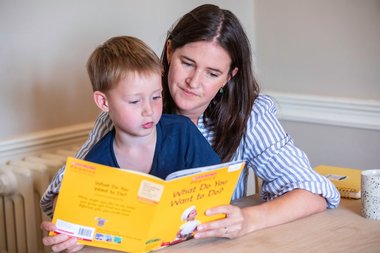
These are the books your child loves to flip through, filled with fun stories, beautiful pictures, and exciting adventures. Maybe they recognise a word or two, but these books aren’t designed for independent reading. These are the books that you will cuddle up with and read to your child- or they will flick through by themselves enjoying the pictures.
They often have tricky words, long sentences, and vocabulary far beyond what a beginner reader can decode. And that’s okay! These books still have an important role in fostering a love of reading.
2. Phonics Books
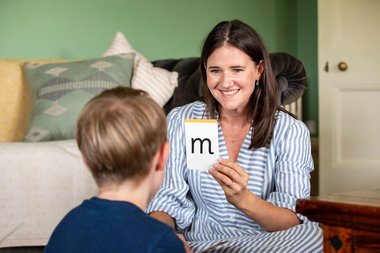
Now, this is where the real reading practice happens! Phonics books are carefully designed to help children build confidence by focusing on sounds they already know.
A good phonics book will:
- Use simple, decodable words based on your child’s phonics knowledge.
- Reinforce learning by repeating focus sounds throughout the book.
- Make early reading feel easy (because struggling too much can kill their confidence).
The key is choosing the right phonics books—ones that match your child’s current level and set them up for success.
What to Look for in a Good Phonics Book
Not all phonics books are created equal, so here are three things to check before you hand one to your child:
1. Focus Sounds
A great phonics book will have a small set of sounds that appear again and again in the story. These should be clearly listed on the cover or inside page so you know what your child is practicing.
For example, a book might focus on a small handful of sounds such as the short vowel sound ‘a’- the book will therefore include words such as cat, hat, sat, and bat. This repetition helps children feel confident and strengthens their decoding skills.
2. Tricky Words (But Not Too Many!)
Tricky words are words that don’t follow regular phonics rules—like said, the, and was. They can’t be sounded out easily, so children need to memorize the tricky parts of the words.
A well-structured phonics book will introduce just a few tricky words at a time, and they should be listed at the beginning so you can go over them before reading.
3. Parent Instructions
A great phonics book will give you guidance too! Look for books with a simple page of tips—usually inside the cover or at the back—telling you which sounds and tricky words to focus on. This way, you’ll know exactly how to support your child.
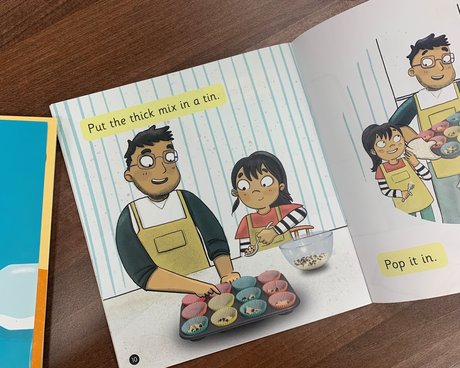
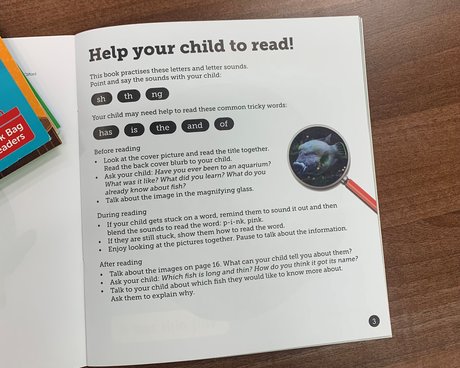
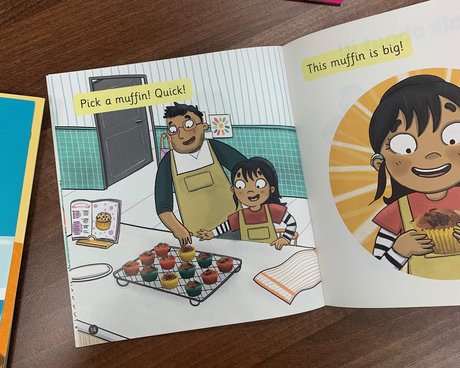
What to Avoid
Some books call themselves phonics books but aren’t actually beginner-friendly.
- If a book is packed with long, tricky words and advanced spelling patterns, it’s too hard for an early reader.
- If your child is constantly guessing or getting frustrated, the book isn’t right for their level.
- If there’s no clear list of focus sounds or tricky words, it’s probably not designed for structured phonics learning.
Giving kids books that are too advanced too soon can make them feel defeated, and we never want them to think reading is too hard!
Choosing the Right Books Makes All the Difference
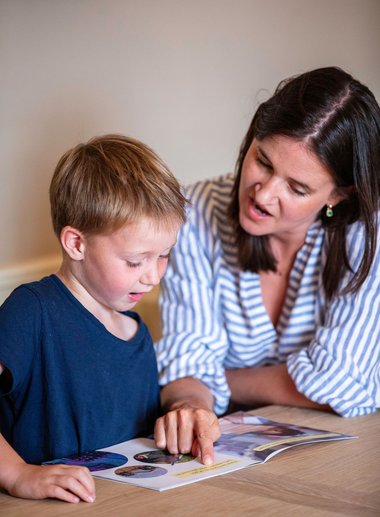
If you’re looking for phonics books that actually help your child grow as a reader, I highly recommend Scholastic’s Phonics Book Bag Readers.
Let’s set our little readers up for success by choosing books that make them feel excited and confident every time they turn the page! Happy reading!
Scholastic Book Bag Readers are carefully crafted to help children to build on their secure phonic knowledge, moving confidently from decoding words to reading fluently and for pleasure. Designed to foster family engagement and give children the best start in reading, each reader includes supportive guidance notes for parents.
- Over 100 highly decodable fiction and non-fiction readershelp children to practise and apply their decoding skills in the classroom and at home
- Engage and inspire young readers with inclusive and contemporary stories
- Support learning with humorous and fun illustrations – children will love searching for the hidden characters in the books.
Browse the Books
<search-result-list search=https://shop.scholastic.co.uk/search/search?breadcrumb%5B%5D=product_group_id&search%5Bdisable_guided_search%5D=true&search%5Bproduct_group_id%5D=1381" scroll=“true” buy-button=“true” />

Instagram: @readingroots.uk
Similar Posts
-
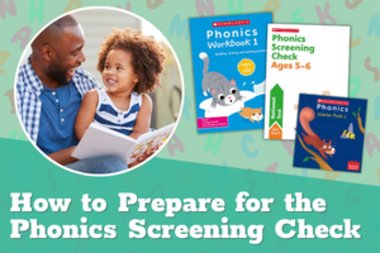
How to Prepare for the Phonics Screening Check
This June, all children in Year 1 will be taking the Phonics Screening Check, a 40-word check of a child’s phonic skills and knowledge. Find out how you can help your child feel confident and prepared.
-
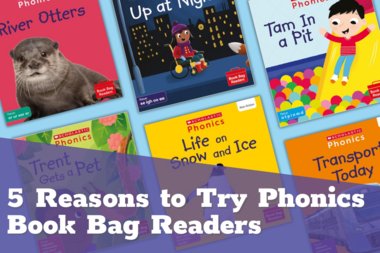
5 Reasons to Try Phonics Book Bag Readers
Scholastic Phonics Book Bag Readers are an easy-to-use series of decodable readers designed to help children develop their phonic knowledge and early reading skills at home and in the classroom. Check out our 5 reasons to…
-

Building Confidence at Home with 11+ Practice Books: A Parent’s Guide
Hear from Alima Rahman, a full-time 11+ English tutor and founder of Bright Minds Club – 11+ Tuition, as she talks about how parents can help build confidence in their child at home with the Scholastic Pass Your 11+ range.
